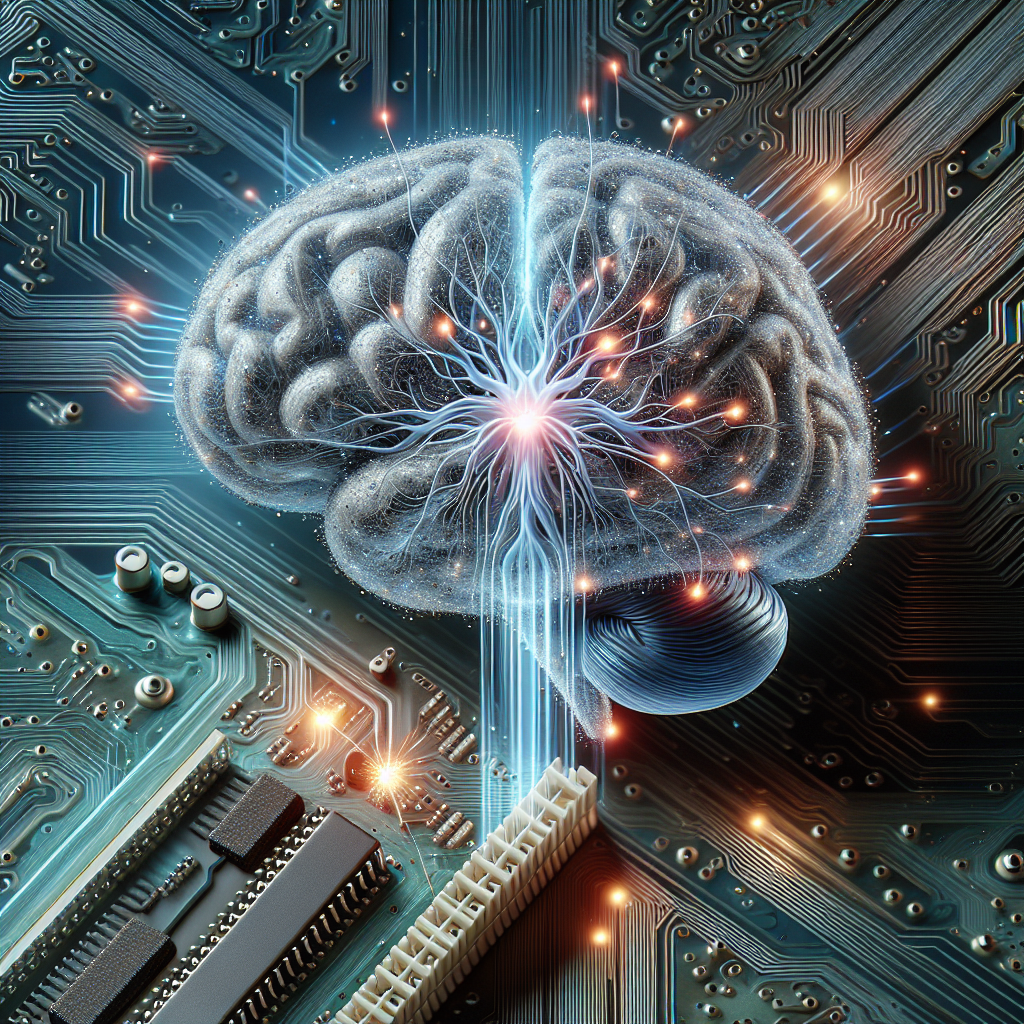Neuroscience has made remarkable strides in recent years, with one of the most exciting developments being the emergence of brain-computer interfaces (BCIs). These innovative systems hold the promise of revolutionizing our interaction with technology, allowing for direct communication between the brain and external devices. In this article, we’ll delve into the world of BCIs, exploring their current capabilities, future potential, challenges, and ethical considerations.
What Are Brain-Computer Interfaces?
At their core, brain-computer interfaces are systems that facilitate direct communication between the brain and external devices, bypassing traditional pathways like speech or movement. BCIs interpret neural signals and convert them into commands that can control various devices, from computers to robotic limbs.
BCIs can be categorized into two main types: invasive and non-invasive. Invasive BCIs involve the implantation of electrodes directly into the brain, while non-invasive methods usually employ external devices such as EEG caps. Each type has its distinct advantages and applications.
The Current State of BCIs
Recent advancements in neuroscience and technology have propelled BCI research forward. Current applications of BCIs include:
- Restorative Medicine: Helping individuals with disabilities regain control over their limbs or restore communication through devices that translate thoughts into actions.
- Research and Understanding: Providing researchers insights into brain functions, aiding in the understanding of various neurological conditions.
- Gaming and Entertainment: Enabling immersive gaming experiences where players can control characters using their thoughts.
- Education and Learning: Allowing for customized educational experiences that can adapt to a learner’s cognitive state.
Future Innovations in BCIs
The future of brain-computer interfaces is brimming with potential. Here are several areas where we can expect significant advancements:
1. Enhanced Communication Aids
BCIs are expected to evolve into advanced tools for enhancing communication in individuals with speech impairments. The integration of AI could lead to systems that accurately interpret thoughts, allowing for fluid communication through computers or even speech-generating devices.
2. Neural Prosthetics
Imagine a world where prosthetic limbs can be controlled seamlessly by neural signals. This is not just a dream; it is a growing reality. Future innovations could lead to more intuitive control of such devices, resulting in enhanced mobility and independence for users.
3. Cognitive Enhancement
Future BCIs may enable cognitive enhancements, such as improved memory or faster processing abilities. Although this area is still largely theoretical, research continues to explore the possibilities of augmenting human cognition through technological integration.
4. Brain Health Monitoring
As our understanding of the brain deepens, future BCIs could serve as vital tools for monitoring brain health. Early detection of neurological issues may become feasible, allowing for timely interventions and better management of conditions such as Alzheimer’s or Parkinson’s disease.
Challenges Faced by BCIs
While the prospects for BCIs are exciting, several challenges must be overcome:
- Technical Limitations: Current technology has limitations in terms of signal clarity, durability, and real-time processing capabilities.
- Safety: Invasive BCIs carry risks of infection, tissue damage, and other complications that must be addressed through rigorous testing.
- Scalability: Making BCI technology accessible and affordable for widespread use is a significant hurdle.
- Ethical Considerations: The implications of neuroethics and privacy concerns must be carefully navigated to ensure the responsible use of BCI technologies.
Ethics and the Future of BCIs
The integration of technology with the human brain raises profound ethical questions. As BCIs become more advanced and capable, we must consider:
- Who owns the data generated by BCIs?
- How can we ensure the security of sensitive neural information?
- What are the implications of enhancing cognitive capabilities on societal structures?
- How do we prevent the misuse of BCI technology?
Addressing these ethical concerns will be crucial for the responsible development and deployment of brain-computer interfaces.
Conclusion
As we explore the future of brain-computer interfaces, it becomes evident that we are on the cusp of a revolutionary era in neuroscience. The potential benefits of BCIs—ranging from medical applications to cognitive advancements—are enormous, but they come with a host of challenges and ethical considerations. By addressing these issues thoughtfully, we can harness the power of BCIs to improve lives, enhance human capabilities, and potentially reshape our society. The journey has just begun, and the future looks promising!
Frequently Asked Questions (FAQs)
1. What is a brain-computer interface (BCI)?
A BCI is a technology that allows for direct communication between the brain and external devices, enabling control of devices through neural signals.
2. What are the types of BCIs?
BCIs are primarily classified into invasive (implanted electrodes) and non-invasive (external devices like EEG caps).
3. What are the current applications of BCIs?
BCIs are used in restorative medicine, research, gaming, and education, among other fields.
4. What challenges do BCIs face?
Challenges include technical limitations, safety concerns, scalability, and ethical considerations.
5. What is the future of BCIs?
The future includes enhanced communication aids, neural prosthetics, cognitive enhancement, and brain health monitoring.





